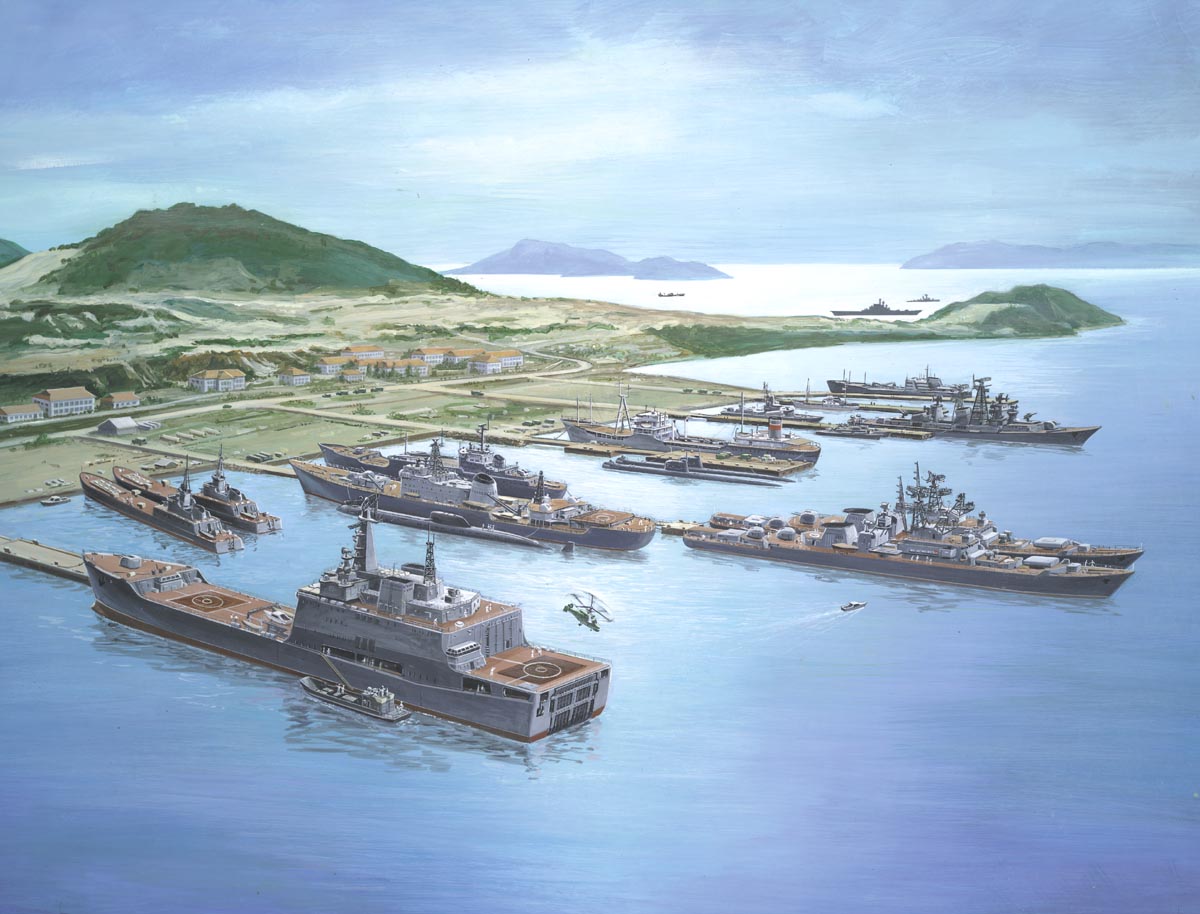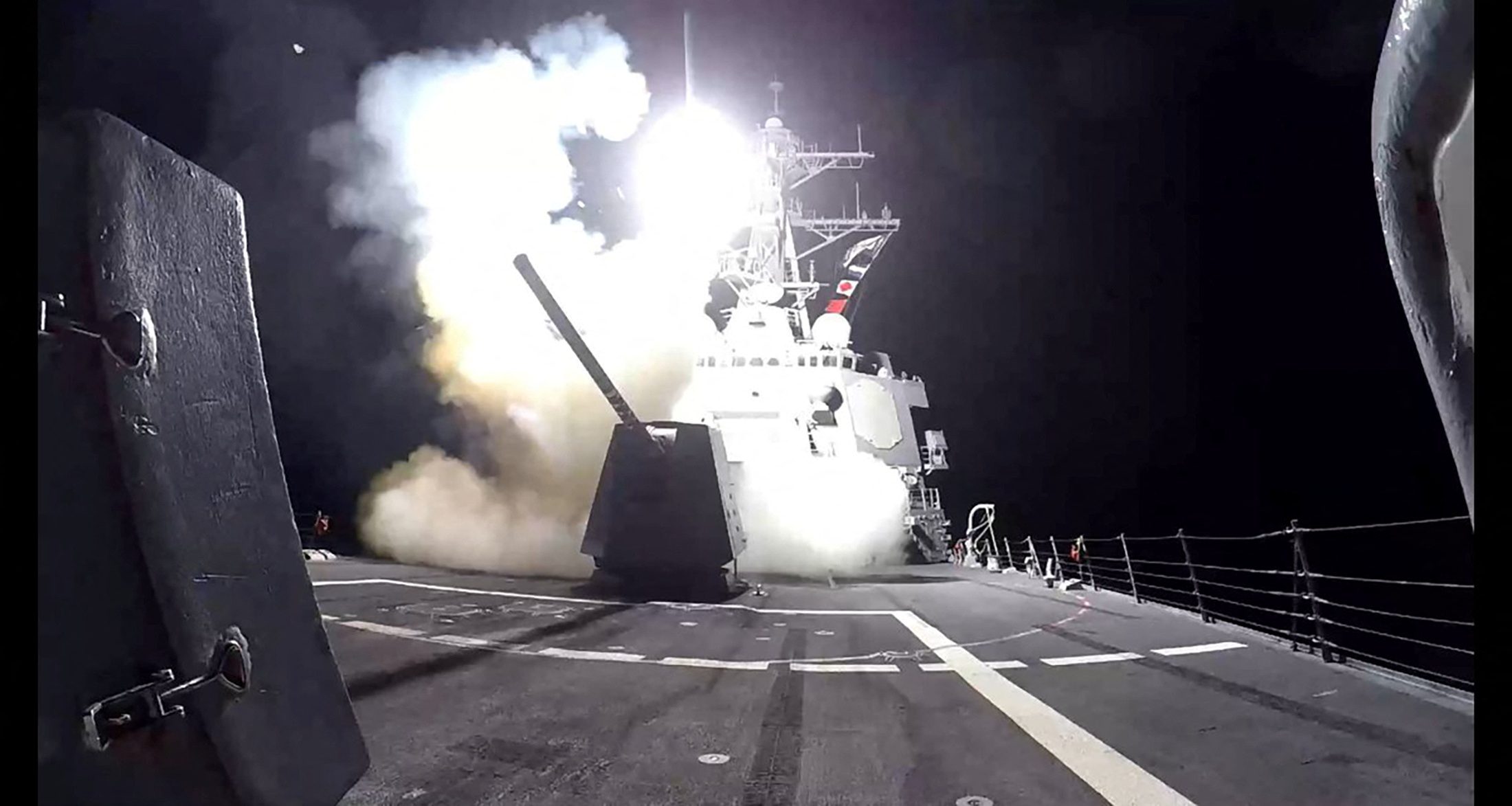U.S. Defense Secretary Leon Panetta on Sunday visited this deep-water port and former American military base to promote a closer military partnership with the Vietnamese as part the Pentagon’s plan to shift the bulk of its naval assets to Asia within the next decade.
The trip to Vietnam was an important sign of American aspirations in the region. Mr. Panetta indicated that the U.S. Navy would like to once more have regular access to the bay, which commands a strategic location on the South China Sea and was a key logistics hub during the Vietnam War.
The visit also had deep historical resonance. Mr. Panetta is the first U.S. defense secretary to visit the deepwater port of Cam Ranh Bay since the end of the Vietnam War.
“All of us recall a great deal of blood was spilled in this war on all sides, by Americans and by Vietnamese,” Mr. Panetta said aboard the USNS Richard E. Byrd, a Navy supply ship anchored in the bay. “If out of all of that sacrifice we can build a strong partnership that looks to the future, then perhaps not only can we begin to heal the wounds of the past, we can build a better future for our people in the Asia-Pacific region.”
Under the Pentagon’s plan, the U.S. would shift cruisers, destroyers, submarines and other warships so that 60% of them will be based in the Pacific by 2020. Currently, the U.S. Navy fleet of 285 ships is evenly split between the Atlantic and the Pacific.
A key part of the new strategy is to expand ties with countries in Southeast Asia. While Vietnam currently keeps fairly tight limits on how many warships can visit, U.S. officials remain hopeful over time the partnership can grow.
Mr. Panetta, who disclosed the naval plans over the weekend in an address to an annual international security conference in Singapore, stressed that the rising U.S. force levels shouldn’t be seen as a threat to China but as a stabilizing influence in a rapidly developing region.
Nonetheless, the step to globally reposition the U.S. Navy would represent a substantial peacetime military shift that is likely to be favored by Asian countries that are nervous as China increasingly flexes its economic and territorial muscle.
“Our forward-deployed forces are the core of our commitment to the region and we will…sharpen the technological edge of those forces,” Mr. Panetta said.
Mr. Panetta’s announcement sends the clearest signal yet that the rebalancing of U.S. strategic focus, first announced by President Barack Obama last year, is real, said Chris Johnson, a scholar at the Center for Strategic and International Studies.
“That 60-40 number has been very carefully thought out,” he said. “It doesn’t represent a massive swing, but it does make a statement.”
David Barno, a retired Army general and a senior adviser at the Center for a New American Security, said Mr. Panetta’s announcement will “put real teeth” in the Obama administration’s new strategy. “China should and will take note,” Gen. Barno said. “The United States is and will remain a Pacific power, even more so in this century than in the last.”
Despite budget cuts that are projected to shrink Pentagon spending by $487 billion over the next 10 years, the U.S. will develop new weapons to help shore up the U.S. presence in Asia, Mr. Panetta said.
Under current defense plans, the overall number of Navy ships is due to decrease over the next decade as older ships are replaced with pricier, more advanced vessels. Even so, the absolute number of ships would increase in Asia, defense officials said, as ships are drawn down from the Atlantic Fleet and others reassigned to the Pacific.
Navy officials closely guard the location of their vessels, and defense officials wouldn’t say what parts of the Atlantic fleet would be reduced. But with tensions remaining high in the Persian Gulf, it is more likely that Naval forces would leave the Mediterranean and other European waters.
Mr. Panetta was due to meet with senior Vietnamese officials Monday, including Defense Minister Phung Quang Than. Defense officials have insisted that they aren’t using Mr. Panetta’s visit to secure any concrete agreements with the government in Hanoi, but other officials say the visit is part of a longer-term effort by the U.S. to strengthen military ties. Some U.S. officials would like to see regular training exercises with the Vietnamese military.
U.S. relations with Vietnam were normalized in 1995. Since 2003, 20 U.S. ships have visited Vietnam, defense officials said. Vietnam has embraced stronger ties with the U.S. in part to assert its independence from China. Hanoi and Beijing have clashed over competing claims in the South China Sea, which may contain oil reserves. Vietnam is anxious for American help in countering efforts by China to assert itself in the South China Sea.
Still, officials say Vietnam is wary about allowing U.S. forces to create any sort of semipermanent base or regularized training program. Memories of the Vietnam War have prevented older Vietnamese military officials from fully embracing partnership with the U.S., some officials say. Mr. Panetta acknowledged that the U.S. and Vietnam have a complicated relationship, but he said the two countries are “not bound by that history.”
Copyright (c) 2012 Dow Jones Newswire

 Join The Club
Join The Club











